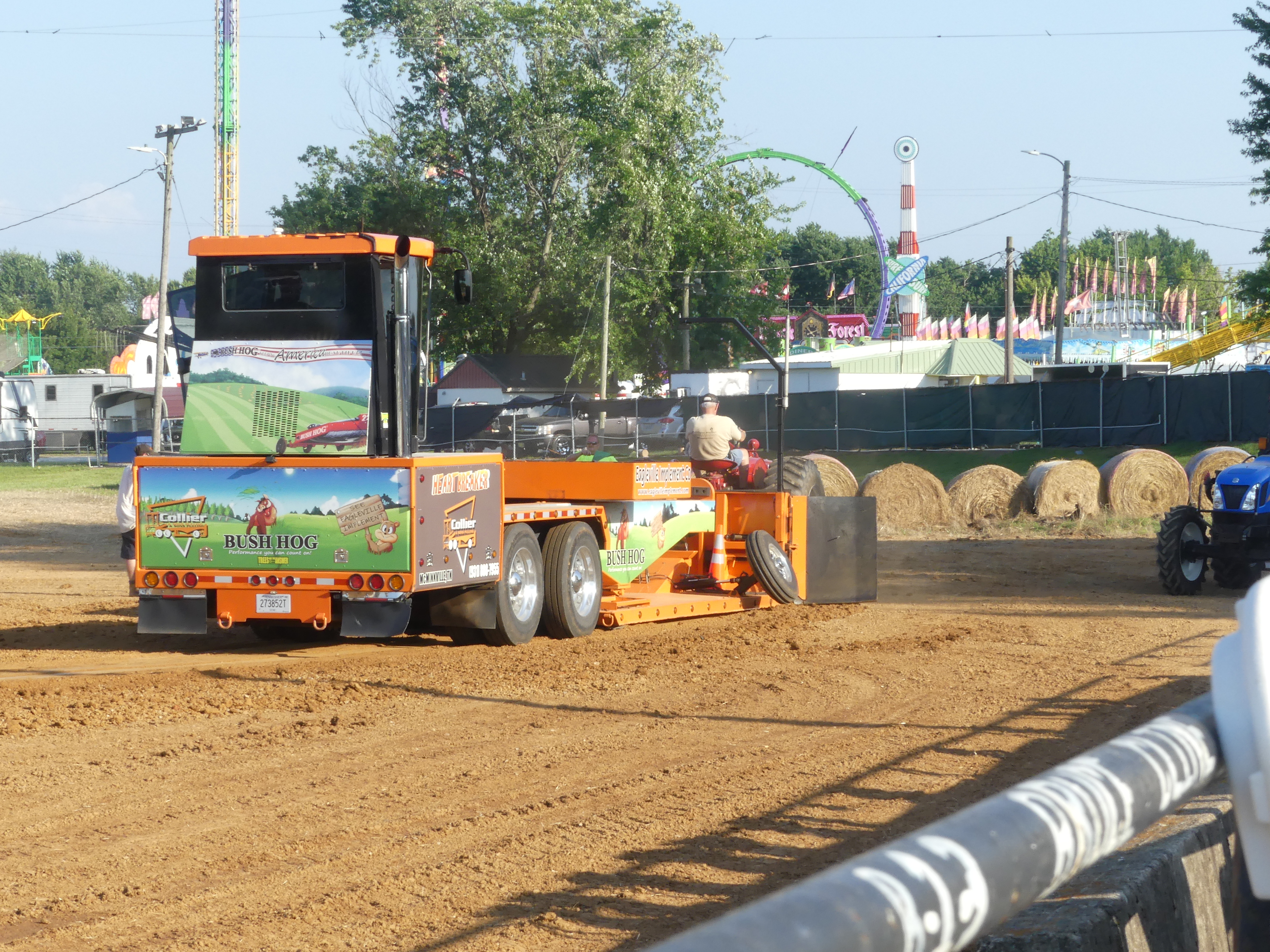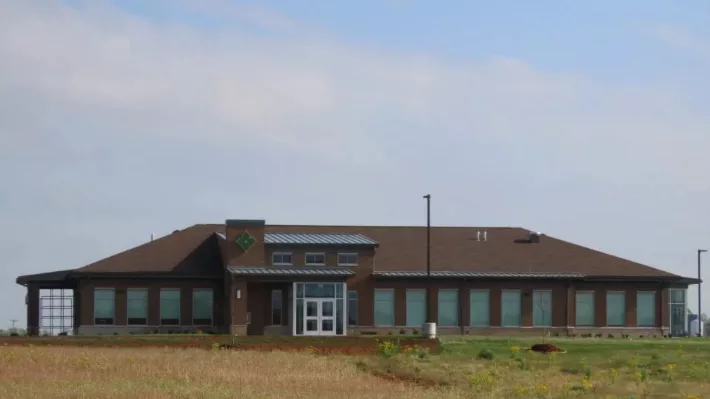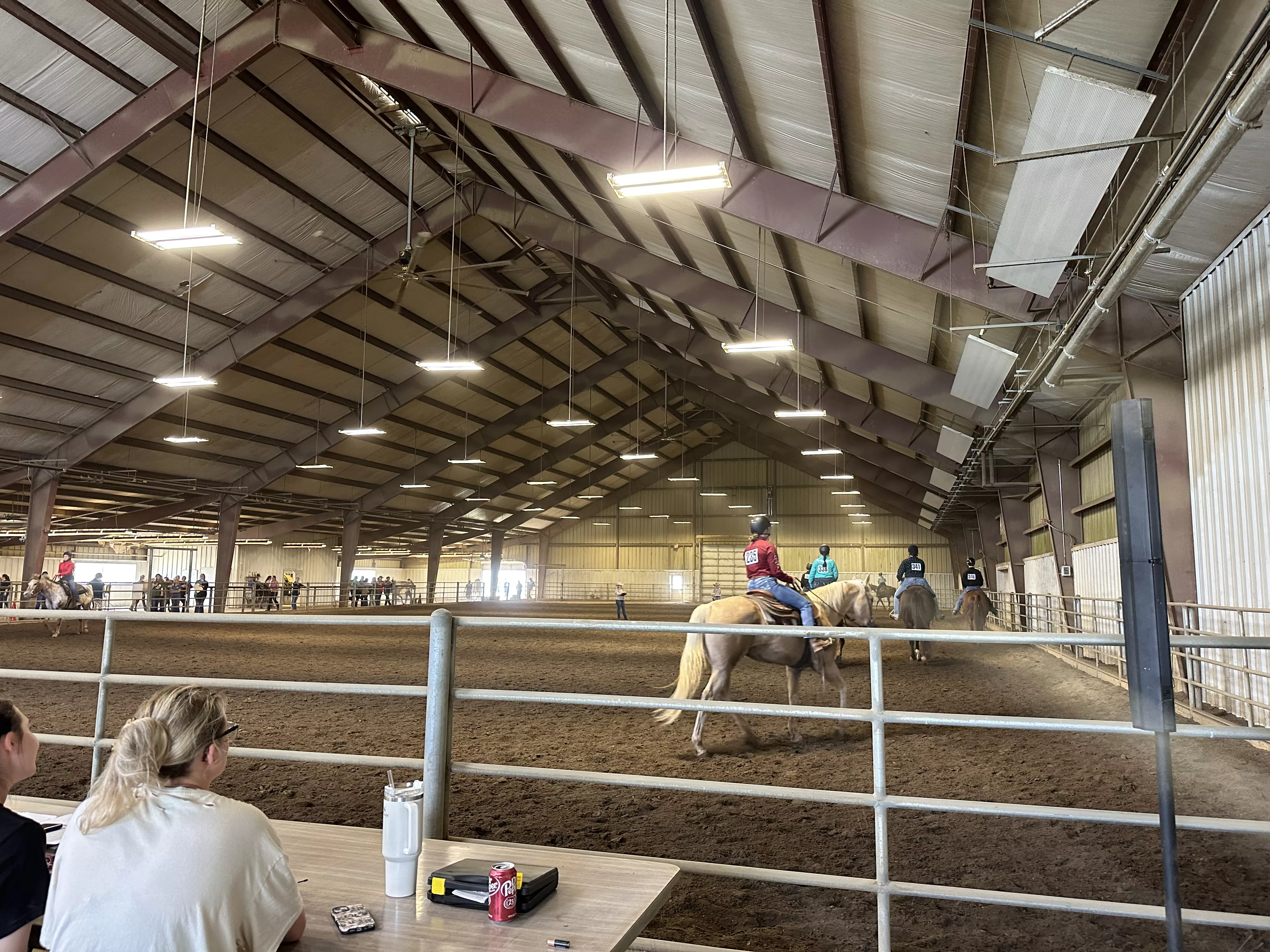Did you know that wet, poorly drained soils are one of the most challenging soil types for growing plants in the landscape? I’m not really talking about sites that may flood in the spring for a few days but then dry out, most plants can survive that. I’m describing the soggy soils where water may stand for long periods of time or where drainage is slow. Except in times of extended drought the soil here stays damp.
If the site is also shaded, you may also find moss growing. These sites may be naturally occurring or man-made. A man-made situation can occur when run-off from pavement, roofs, sidewalks, etc., flood a site with excess water. If the soil is heavy clay and compacted then it doesn’t drain well and becomes soggy.
As a rule, plants don’t like to have their roots wet for extended periods of time. In wet soils, too much water fills the soil pore spaces resulting in low oxygen levels. When oxygen is lacking, water and nutrient uptake stops and trees begin to decline or die. However, some species have adapted to tolerate persistently wet conditions. You may have noticed the “knees” produced on bald cypress trees when growing in or around water.
The “knees” help with air absorption into the roots. Willow trees can produce new air-filled roots to replace roots killed by excess moisture. And some trees produce tiny bark openings called lenticels to serve as breathing pores, allowing air into the interior of roots and branches.
Wet, poorly drained soils can limit your plant palette but your choices don’t have to be boring. Many of the trees adapted to wet soil conditions are natives found naturally in low, bottomland ground in Kentucky. Some have great fall color, others have fragrant blooms, a few attract wildlife and they are all very tough plants. Here are three to consider.
Sweetbay Magnolia is a small native tree with sweet-smelling bay-like leaves often found in moist woodlands and along streams and swamps. Sweetbay is noted for its 2 to 3 inch wide creamy white and lemon-scented flowers which begin blooming in June and continue sporadically through summer. It is considered a semi-evergreen although it will behave as a deciduous tree in colder zones or during colder winters. Its leaves are bright green on top with a frosted white color beneath. Sweetbay prefers moist soil, an acid site and full sun to part shade.

Swamp White Oak is one of our most outstanding native oaks. Growing to 50-60’ tall with an upright oval outline, it makes an excellent shade tree specimen. This long-lived species is tremendously adaptable and once established, it is tolerant of both wet and dry soils. Swamp White Oak prefers moist-acid soil environments. Summer foliage is a dark glossy green with a bit of yellow in the fall.
Black Tupelo is a Kentucky native tree grown for its brilliant burgundy, red, orange and yellow fall foliage and tremendous adaptability. Plants perform well in poorly-drained and heavy soils making them ideal for tough sites. Summer foliage on the better forms is deep lustrous green, changing to beautiful mixed color displays in autumn. Female plants produce inedible oblong drupe fruit in mid-summer. Black Tupelo can grow 40-60’ tall.
When selecting and planting trees for poorly drained sites start with small plants. This will allow them time to acclimate to the soil conditions and make physiological and anatomical changes to improve tolerance to poor drainage. Whenever possible, improving drainage of a site should be considered. Consider routing excess water away from plants with trenches or retaining walls, using mulch to slow water and help it soak into the soil or even planting in raised beds or berms. Successfully planting in wet sites is all about selecting the right plant for the right place.
If you have a wet site, you’ll want to consider the following list of plants that naturally thrive in such conditions.
Deciduous Trees for Wet Sites
Box elder (Acer negundo)
Red maple (Acer rubrum)
Shadblow serviceberry (Amelanchier canadensis)
River birch (Betula nigra)
American hornbeam (Carpinus caroliniana)
Northern catalpa (Catalpa speciosa)
Common hackberry (Celtis occidentalis)
Persimmon (Diospyros virginiana)
Deciduous hollies (Ilex decidua, I. verticillata)
Sweetgum (Liquidambar styraciflua)
Sweetbay magnolia (Magnolia virginiana)
Black tupelo (Nyssa aquatic)
London planetree (Platanus x acerifolia)
Amer. Sycamore (Platanus occidentalis)
Swamp white oak (Quercus bicolor)
Water oak (Quercus nigra)
Willow oak (Quercus phellos)
White weeping willow (Salix alba)
Weeping willow (Salix babylonica)
Bald cypress (Taxodium distichum)
Winged elm (Ulmus alata)
Evergreen Trees for Wet Sites
Chamaecyparis (Chamaecyparis spp.)
Southern magnolia (Magnolia grandiflora)
Loblolly pine (Pinus taeda)
Arborvitae (Thuja spp.)
— Kelly Jackson, Christian County Extension Agent








